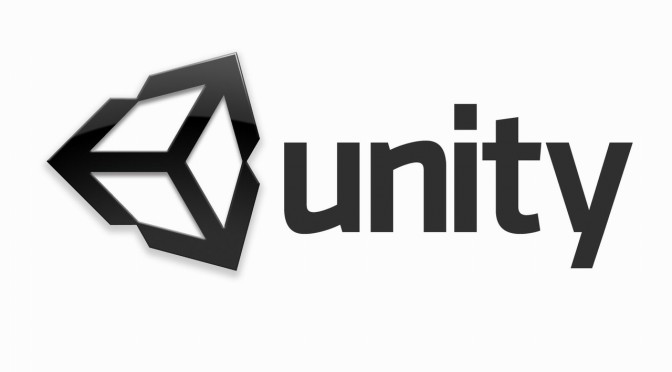Unity Engine has announced that Unity 2018.3 is currently available to all developers. According to the press release, Unity 2018.3 delivers more than 2000 new features, fixes and improvements, including Improved Prefab Workflows, Visual Effect Graph (Preview), and the Updated Terrain System, all focused on giving teams of artists and developers the ability to increase productivity and make richer and more beautiful worlds.
“Unity creators have had a tremendous year, with accolades pouring in from all corners for their creations. A number of projects made with Unity picked up wins at The Game Awards (Florence, Overcooked 2, The Messenger, Return of the Obra Dinn), and Apple’s top picks for the best games on all four of their platforms came from Unity creators too (Donut County, Gorogoa, The Gardens Between, Alto’s Odyssey).”
The key features of Unity 2018.3 are the Improved Prefab Workflows, the Visual Effect Graph (Preview), the Updated Terrain System and the FPS Sample Project. Below you can find more details about them.
- Improved Prefab Workflows – One of the most highly requested updates from Unity users, Prefabs have been improved with a focus on reusability, control, and safety. These updates not only implement support for nesting but rethinks the core Prefab workflows. It has never been safer or more efficient to work with Prefabs for teams in all sizes.
- Visual Effect Graph (Preview) – This easy to use and flexible node-based system, inspired by leading VFX tools for film, will empower artists to create stand-out VFX for games and other projects in real-time. It can power millions of particles to create simple and complex effects, and also includes an API for creating custom nodes to meet the needs of advanced creators.
- Updated Terrain System – The new terrain tools are focused on giving developers better performance and improved usability. By shifting operations over to the GPU, creators now have access to faster tools, larger brush sizes, improved previews, and the ability to paint Terrain tile borders with automatic seam-stitching. New tweaks have been made to support the High Definition Render Pipeline (HDRP) and the Lightweight Render Pipeline (LWRP). It’s also backward compatible with the built-in render pipeline and the existing Unity Terrain System.
- FPS Sample Project – At Unite LA, Unity released the FPS Sample, which gives game developers source code access to a connected multiplayer FPS experience. They can download this sample and use it as a starting point to learn how to use the latest technologies such as HDRP, or use it as a starting point for their next connected game. This is a living project that will be updated to demonstrate new Unity features and inspire creators.
Unity Engine has also detailed a few features that will be be shown throughout 2019 which are:
- MegaCity Demo – A demo that serves as an expanded look at Unity’s approach to Data-Oriented Design. Built on the Entity Component System (ECS), the demo is a massive streaming environment featuring 4.5 million mesh renderers, 100K individual audio sources, and 5K dynamic vehicles, all running at 60 Frames Per Second. This demo was also shown running on mobile, showing the scalability of Unity’s next-generation computing technology. The elements of the Data-Oriented Tech Stack (ECS, C# Job System, Burst Compiler) used to create the MegaCity Demo are expected in 2019.
- Cinecast (Experimental) – CineCast is an AI cinematography system that enables the creation of movie-like cinematic sequences from gameplay, in real-time. It powers in-game replays, enables footage for marketing trailers, and revolutionizes the casting and eSports experiences. Built on Cinemachine, the system gives creators control of a powerful AI tool that has awareness of the current gameplay situation. That gives them the power to show the best shots for the current situation and story, at all times.
- Project MARS (Experimental) – An extension for Unity that delivers on the promise of AR by giving creators the power build applications that intelligently interact with any real-world environment, with little-to-no custom coding.
- Project Tiny (Preview) – Unity’s new, highly-modular runtime and Editor mode that enables the creation of instant games and experiences that are small, light and fast. The portable and smaller runtime can run natively on lightweight devices such as entry-level devices, wearables, or the web.

John is the founder and Editor in Chief at DSOGaming. He is a PC gaming fan and highly supports the modding and indie communities. Before creating DSOGaming, John worked on numerous gaming websites. While he is a die-hard PC gamer, his gaming roots can be found on consoles. John loved – and still does – the 16-bit consoles, and considers SNES to be one of the best consoles. Still, the PC platform won him over consoles. That was mainly due to 3DFX and its iconic dedicated 3D accelerator graphics card, Voodoo 2. John has also written a higher degree thesis on the “The Evolution of PC graphics cards.”
Contact: Email

